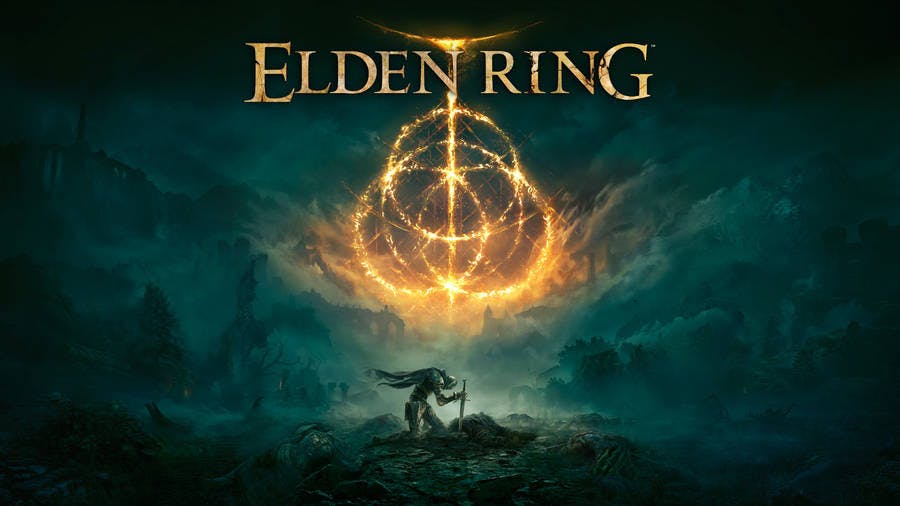Intel’s Challenges in the Semiconductor Industry: A Brief Overview

Intel is one of the world’s leading semiconductor companies, but it has been facing some serious challenges in recent years. Here are some of the main issues that Intel is dealing with:
Manufacturing process: Intel has been lagging behind its main rival, TSMC, in terms of process technology. TSMC is currently producing chips at 5nm and 3nm nodes, while Intel is still struggling to ramp up its 10nm and 7nm nodes. This has resulted in lower performance, higher power consumption, and reduced competitiveness for Intel’s products. Intel has announced an ambitious plan to catch up with TSMC by advancing five nodes in four years, but this will require significant investment and innovation. Intel hopes to achieve parity with TSMC by 2024 and regain leadership by 2025.
Product design: Even if Intel can fix its manufacturing issues, it still faces fierce competition from its product rivals, especially AMD. AMD has been delivering innovative and high-performance CPUs based on its chiplet architecture and Zen cores. AMD claims that its products offer better performance and lower total cost of ownership than Intel’s products. AMD has also gained significant market share in both the PC and server segments, posing a serious threat to Intel’s dominance. Intel needs to improve its product design and offer more compelling features and value propositions to its customers.
Foundry services: Intel has recently launched a new business unit called Intel Foundry Services (IFS), which aims to provide chip manufacturing services to other companies. This is part of Intel’s strategy to diversify its revenue streams and leverage its manufacturing capabilities. However, IFS faces many challenges, such as competing with established foundries like TSMC and Samsung, attracting customers who may be wary of Intel’s reliability and quality, and balancing its own product needs with those of its foundry clients. IFS will also need to support multiple architectures and standards, such as Arm, RISC-V, and PCIe.
These are some of the main challenges that Intel is facing today. The company is working hard to overcome them, but it will take time and effort to regain its former glory. Intel is still a formidable force in the semiconductor industry, but it will need to adapt and innovate to stay ahead of the game.









